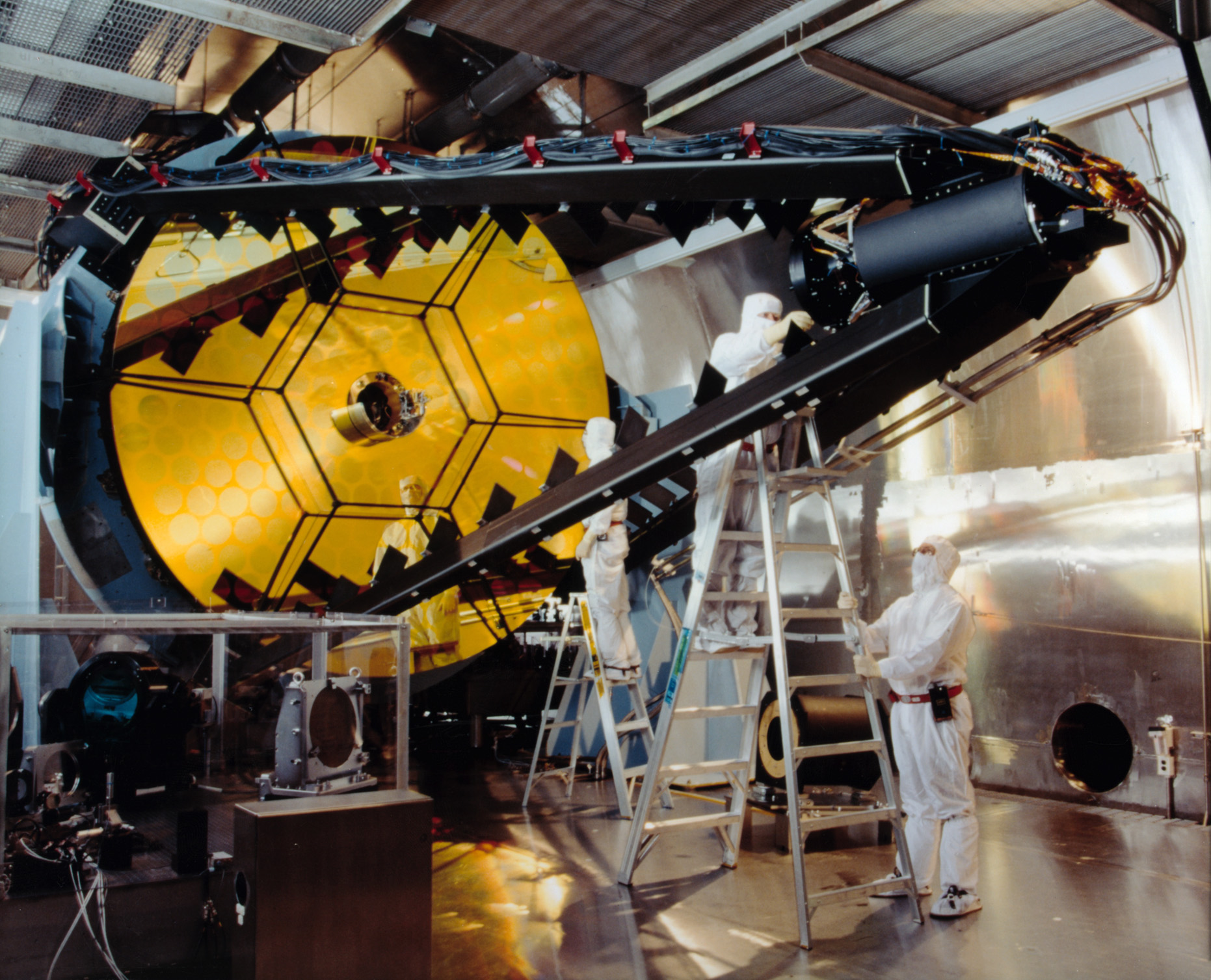


Popular Science sat down with Lockheed Martin’s Chief Technology Officer Ray Johnson to talk about the future of war and the future of technology. The conversation started with lasers, worked its way through 3-D printing, and ended with a perspective on the military aircraft of the future.
Popular Science: What current thing are you most excited about, what’s the big shiny thing you talk to people about?
Ray Johnson: The work that we’ve been doing for the last few years to develop a fiber-based laser that uses beam-combining technology to achieve higher power levels of a particularly high quality beam. We purchased a company a few years ago called Aculight. Aculight has been developing this fiber laser technology for a number of years and every year they have increased the power levels and goals and they recently conducted a 30-kilowatt demonstration.
From analysis of the physics behind the components of the laser it looks like there are no physics challenges to achieve 100kw and possibly, to be determined, 300kw looks quite feasible. I’m expecting that over the next few years we’ll achieve the 100kw capability.
It’s game changing. Should you develop an operational weapon that operates at Mach a million, that’s game changing.
PS: What do you see as the main way these lasers will get used?
Johnson: Ground, ship, and airborne capabilities for defense. Think about, for example, a ship defense system. Rather than throwing out a wall of lead, you could be more precise, because of the speed. You say “fire” and it’s there. You don’t have to wait for flyout. If an object got closer to you you could still impart energy and destroy it. You don’t have the early warning component, which is where we get caught sometimes.
It can operate with the electrical power that could be generated on an aircraft. You could certainly see it go on bomber-sized aircraft and as the technology develops and size/weight/power are reduced, our notion is to see it get to the point where it can go on fighter-sized aircraft. Whether it’s a special-purpose fighter, or how that would work, I don’t have the details. Maybe he’s a wingman to an F-35 or a flight of F-35s.

PS: Is there a limit to the size of what you could shoot down? Would it be possible to stop bullets?
Johnson: I think we’re working on things that have a vulnerability that’s related to the laser. Generally speaking, bullets are traveling fast and it’s a kinetic impact. The damage mechanisms on a bullet, you can heat it, you can do a lot to it and it doesn’t care. Whereas a missile has a fuel source and command and control and fins and things like that: the damage sources on the missile are much greater.
I think you have to think through what the damage mechanism or the kill mechanism is. The power required to do that damage, how much time the laser has to be focused on the target to do that damage.
Here’s a really important thing: unlimited magazine. It might be that because you have an unlimited magazine you don’t have to be quite as discerning about “am I wasting a bullet, am I wasting ammunition” on something that is not threatening.
PS: Earlier you mentioned a laser drone flying with F-35s. What do you see as the future of air war over the next half-century?
Johnson: I believe manned and unmanned systems will be working together for the next 40 to 50 years. During that time period, I think the roles and missions that unmanned systems are able to take on will be in large part driven by increases in autonomy. As autonomy capabilities increase–you can call it AI–as they are able to execute more complex missions, they will be allowed to execute more complex missions. Some of the capabilities that we are developing that will have a big impact as the systems themselves are the way that you use unmanned systems. Moving away from the one-to-one operator, to a platform.
I think we’ll get to the point where you trust the platform to do much more on its own.
As autonomy increases, I think we’ll get to the point where you trust the platform to do much more on its own. You set the strategy, monitor performance, and get called in if something goes wrong. Rather than there being the one-to-one relationship between you and the platform. That’s important, because they may be unoccupied but they are not unmanned. The logistics requirements are often equal to or greater than for a manned platform conducting the same mission. This capability is an important one to reduce the cost.
There’s also multi-platform control–having an operator control an air, sea, and land system with the same command and control network. That’s really important.
PS: Do you see the roles of aircraft evolving from bomber and fighter?
Johnson: I can see it going both ways–more of a multi-mission aircraft, with a variety of capabilities on board. Or it could go to specialization, with an unmanned aircraft flying with F-35s with a directed energy weapon on it to protect them. That’s its job, it just helps them get where they need to go. You could also see an aircraft, we have fighter-bomber aircraft traditionally, maybe with this capability or others, take on a broader set of roles or missions.
My instinct tells me that the first instantiation will be more of a specific role, rather than a broader role.

